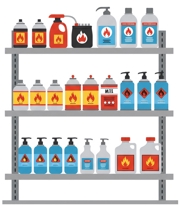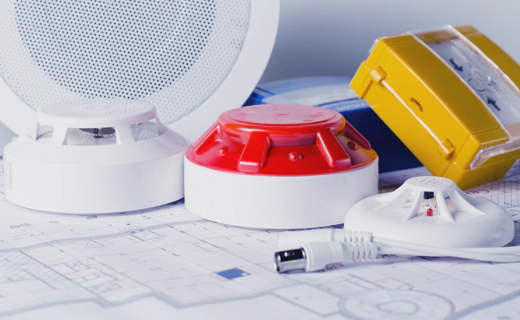Storage and handling of flammable goods
2025-06-13 PiD Drift Risk assessment
What are flammable substances?
Flammable substances is a collective term used to define liquid, solid or gaseous substances that represent a fire hazard.
Examples of flammable substances in shopping centers:
- Hairspray and deodorant
- Paint and varnish cans and products
- Vehicle maintenance and cleaning products
- Charcoal lighter fluid and barbecue products
- Lighter gas and gas canisters
- Perfume, nail polish and nail polish remover
- Alkylate gasoline
- Ski cleaner
- Windshield washer fluid
- Denatured alcohol and cleaning alcohol
- Antibac
- Butane and propane canisters and cylinders

These are some of the goods sold in shopping centers, and which must be registered for each individual tenant and in a common coordinated solution for the entire building.
Why must the storage of flammable goods be coordinated?

There are many rules that deal with the storage of hazardous substances. The overarching law is the Fire and Explosion Protection Act, with an associated regulation called “Regulations on the Handling of Hazardous Substances”.
How flammable goods are stored and handled often varies from place to place, depending on who owns the building and what internal routines that exists. In many cases, there is a lack of common understanding and good coordination between owner and user, which can lead to unsafe solutions. It is therefore important that both owner and user cooperate and have clear routines on how flammable goods should be handled.
Last ned veilederen og lær mer om brannfarlig vare!

Competence in handling flammable goods
Businesses that handle flammable substances must ensure that they themselves have control over how the regulations are followed - both in terms of storage, handling and documentation.
There are also clear requirements for the competence of employees. This includes, among other things:
- Knowledge of the regulations
- That competence is maintained
- Training in safe handling during normal operations
- Training in how to handle abnormal situations
- Knowledge of what to do in the event of accidents and incidents
Everyone who handles flammable goods must know what they are doing, both in everyday operation and in crisis situations.

Fire hazard
Fire hazard Storage involves significant risk that can result in serious consequences for life, health, environment and property.
Regulations
The owner must implement routines, ensuring that the fire safety requirements applying to the building are upheld.
Coordination
The owner must implement routines, ensuring that the employees have knowledge and skills to prevent fire and respond in case of fire.
Information
Accurate information and high competence is essential for safe handling of flammable goods.




